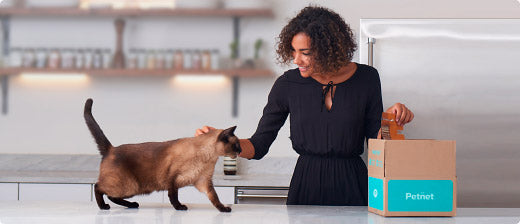We previously discussed about how much you should feed your dog. The steps involve a few calculations but are well worth the effort in the long run. For those pet parents who have worked through the steps, determined a daily pet feeding plan based on calorie needs, and who are accurately measuring portions and accounting for treats, I offer a big congratulations! Yet, there is one final step that is needed to ensure that your pet is getting the right amount of food each day.
The Last Step in Determining a Dog’s Proper Food Portions
With all of the calculating and measuring that I have recommended, you might ask what could possibly be left to do. The answer is simple. Observe your dog’s body condition for 3-4 weeks and see how they are responding to the new feeding amounts. You see, calculating a dog’s daily calorie burn provides a good estimate to use to develop a feeding plan. However, there are several factors that could cause the estimate (or the feeding plan) to be a little off, and only by observing the dog’s body can an owner make necessary tweaks, if any, to keep the dog trim and healthy. If your dog seems to be gaining or losing a bit of fat, an adjustment is necessary.
There are several factors that could alter a dog’s feeding plan from the originally calculated plan.
The dog’s metabolic rate is slightly different from normal. Although most dogs of similar size are very alike in terms of their metabolism, some might have a slightly lower or higher metabolic rate than normal. In these cases, their daily calorie needs (and thus their daily food needs) should be adjusted accordingly based on how their body is reacting.
Daily exercise is different than planned. It is very common for pet owners to plan on a certain amount of exercise for their dog and then life gets in the way and the dog does not get as much as planned. If you find that you are unable to exercise your pet as much as you thought, than go back and recalculate your pet’s daily calorie burn and recalibrate the feeding portion accordingly. The same logic holds true when the dog is getting more exercise than planned.
Treats are sabotaging the strategy. This is probably the most common reason that pet owners, even those who are diligent about their pet’s food portions, end up with overweight pets. Treats contain calories and over treating or not accounting for treats accurately will quickly lead to a fat dog. Kids and visiting relatives and make it hard to keep track, which is why having a daily, pre-counted treat bag is a smart way to control treating.
Table scraps are adding calories to the plan. Like treats, giving a dog table scraps will add to their daily calorie total. If you want to give your dog some table scraps from your own meals, that is fine. But adjust the dogs other treats accordingly so that their daily calorie intake is in line with their daily calorie burn.
It is so important to keep a dog at a trim and healthy weight. In order to do this, a pet owner must calculate, measure, and then calibrate, if necessary, their dog’s daily feeding amounts based on how the dog’s body is actually looking.


 Food
Food
 Food
Food
 Food
Food
